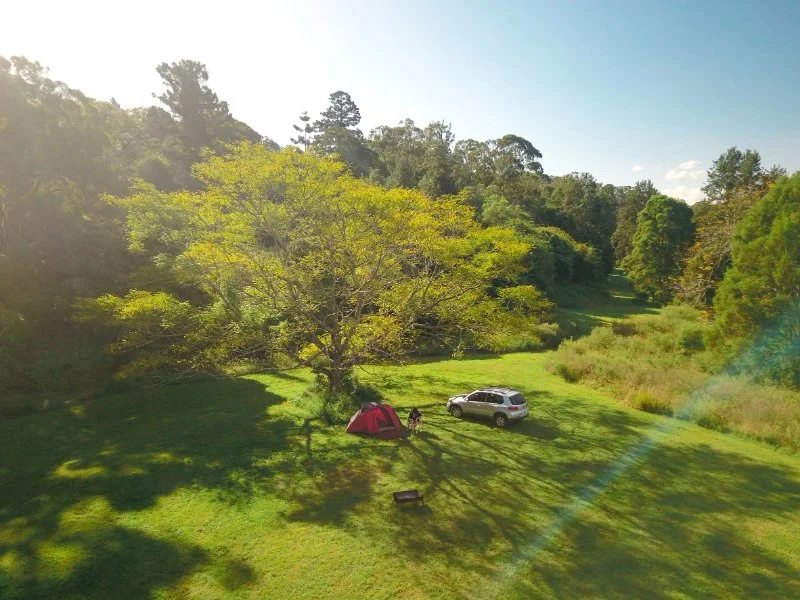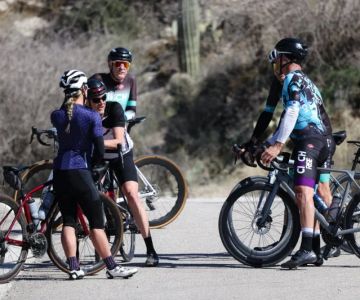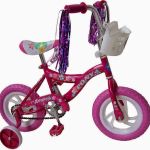
- 1 - Planning Your Cross-State Bicycle Adventure
- 2 - Understanding Permits and Legal Requirements
- 3 - Choosing the Right Gear for Long-Distance Cycling
- 4 - Camping Tips and Overnight Stays Along the Route
- 5 - Real Rider Story: A Journey Across the States
- 6 - Safety, Weather, and Bike Maintenance Essentials
- 7 - Expert Tips from Cycling Guider for Smooth Cross-State Trips
- 8 - Final Preparations for Your Multi-State Cycling Experience
1. Planning Your Cross-State Bicycle Adventure
Embarking on a cross-state cycling journey can be one of the most rewarding experiences for outdoor enthusiasts. Whether you’re pedaling across Texas plains, the Appalachian mountains, or the coastal routes of California, preparation is everything. Knowing the best ways to cross-state bicycle routes requires careful planning, including navigation tools, local regulations, camping arrangements, and proper cycling gear.
Start by mapping your route using trusted navigation apps and cycling maps. Look for bike-friendly highways and designated trails. Popular cross-state trails like the Great Allegheny Passage or the Pacific Coast Route offer scenic views, reliable stops, and well-marked paths. For accurate route recommendations, Cycling Guider provides detailed resources to help cyclists find safe, efficient, and enjoyable paths across different states.
2. Understanding Permits and Legal Requirements
2.1 State and National Park Regulations
Before beginning your journey, check the specific regulations of the states you’ll be crossing. Some states require permits for camping or biking through certain parks and wildlife areas. For example, riding through Yellowstone or Yosemite may require special entry or camping permits.
2.2 Road Use and Highway Restrictions
Not all highways allow bicycles. Many states restrict cyclists from interstates or high-traffic expressways. Always research alternative routes or frontage roads in advance. Local transportation websites often publish detailed maps showing approved cycling paths.
2.3 Insurance and Emergency Information
Though not mandatory in most states, travel and health insurance for cyclists can be a lifesaver. It’s wise to register your route with friends or family and carry identification and emergency contact details.
3. Choosing the Right Gear for Long-Distance Cycling
3.1 Selecting the Perfect Bike
Your bike is your most crucial investment. Touring bicycles, known for their durability and comfort, are ideal for long rides. Gravel bikes are also popular for routes that mix pavement and dirt roads. Ensure your frame can support racks and panniers for gear storage.
3.2 Essential Accessories
Key gear includes a helmet, multi-tool, tire repair kit, hydration system, and reflective clothing. For multi-day trips, consider a handlebar bag and panniers to distribute weight evenly. Don’t overlook small comforts like padded gloves and breathable jerseys—they make a major difference on longer rides.
3.3 Navigation and Technology
GPS devices, solar chargers, and smartphone mounts are invaluable for route tracking and emergencies. Cyclists often use apps that highlight bike-friendly lodging or campgrounds. Cycling Guider features reviews and suggestions for top-rated equipment suited for long-haul cyclists.
4. Camping Tips and Overnight Stays Along the Route
4.1 Finding Legal and Safe Campsites
When crossing state lines, finding camping options becomes a key part of the journey. State parks and national forests often provide low-cost or free camping spots for cyclists. Websites dedicated to bike touring communities also list “bike-only” camping areas.
4.2 Wild Camping vs. Organized Camps
Wild camping can be rewarding but requires responsibility. Follow Leave No Trace principles, avoid private property, and camp away from roads. Organized campgrounds provide amenities like showers, electricity, and sometimes even bike repair stations.
4.3 Sleeping Comfort and Gear
Lightweight gear is essential. Choose a compact tent, inflatable sleeping pad, and weather-resistant sleeping bag. In hot climates, consider hammock setups for better ventilation. For cold or high-altitude regions, invest in four-season sleeping equipment.
5. Real Rider Story: A Journey Across the States
Take Mark, a cycling enthusiast from Colorado, who spent 21 days riding from Denver to Portland. His journey spanned mountain passes, farmlands, and coastal routes. By planning his permits in advance and using compact camping gear, Mark avoided unnecessary delays and stayed safe throughout.
He credits much of his success to guidance from Cycling Guider, which helped him choose the right touring setup and understand the route-specific regulations. His story is a testament to how preparation and the right gear make all the difference.
6. Safety, Weather, and Bike Maintenance Essentials
6.1 Weather Readiness
Weather can make or break your trip. Always check seasonal conditions before setting out. For example, summer rides through desert regions require extra water planning, while mountain routes might have sudden temperature drops. Carry waterproof covers and lightweight layers.
6.2 Basic Maintenance Skills
Knowing how to repair a flat tire or adjust your brakes on the go can save hours of frustration. Keep a compact toolkit and spare tubes. Regularly inspect chains, brakes, and derailleurs, especially after long descents or rough terrain.
6.3 Staying Visible and Safe
High-visibility gear and lights are crucial, especially for early morning or dusk rides. Use front and rear lights, and wear reflective bands to stay visible to motorists. Safety is always the priority when navigating multi-state routes.
7. Expert Tips from Cycling Guider for Smooth Cross-State Trips
Experts from Cycling Guider recommend a balance of planning and flexibility. While it’s good to map each day’s route, allow room for rest, sightseeing, and unexpected detours. They also stress the importance of hydration and nutrition—pack lightweight, high-protein snacks and electrolyte powders.
Additionally, joining local cycling forums before your trip can help you connect with communities offering real-time route updates or safe accommodation options. Networking can enhance both safety and enjoyment.
8. Final Preparations for Your Multi-State Cycling Experience
8.1 Practice and Conditioning
Before a cross-state journey, gradually build endurance. Begin with shorter rides carrying your gear to simulate real conditions. This helps you fine-tune your setup and identify potential discomforts early.
8.2 Documentation and Emergency Planning
Keep printed maps, state permit copies, and emergency contacts in a waterproof pouch. Always share your itinerary with someone you trust. Mobile coverage may drop in rural regions, so a satellite tracker can provide extra security.
8.3 The Reward of the Journey
Ultimately, cross-state cycling isn’t just about reaching your destination—it’s about embracing freedom, endurance, and discovery. With proper planning, gear, and mindset, the experience becomes deeply fulfilling.
By following the best ways to cross-state bicycle routes and taking guidance from Cycling Guider, you can ensure a safe, organized, and unforgettable adventure that celebrates the spirit of exploration.







 Billet BMX5.0 (2 reviews)
Billet BMX5.0 (2 reviews) Far East Children Bicycle Factory1.0 (1 reviews)
Far East Children Bicycle Factory1.0 (1 reviews) Archer Motorsports, Inc.4.0 (8 reviews)
Archer Motorsports, Inc.4.0 (8 reviews) YEP Bike Works4.0 (55 reviews)
YEP Bike Works4.0 (55 reviews) Gorham Bike & Ski4.0 (498 reviews)
Gorham Bike & Ski4.0 (498 reviews) Alchemy Bikes4.0 (37 reviews)
Alchemy Bikes4.0 (37 reviews) How to Teach Kids to Ride a Bike: A Step-by-Step Guide for Parents
How to Teach Kids to Ride a Bike: A Step-by-Step Guide for Parents Tips for Riding on Busy City Streets: Smart Strategies for Urban Cyclists
Tips for Riding on Busy City Streets: Smart Strategies for Urban Cyclists Best US National Parks for Mountain Biking: Ride Epic Trails Across America
Best US National Parks for Mountain Biking: Ride Epic Trails Across America Best Aero Helmets for Time Trials and Racing
Best Aero Helmets for Time Trials and Racing How to Clean and Lubricate Your Bike Chain Like a Pro
How to Clean and Lubricate Your Bike Chain Like a Pro 10 Must-Have Items for Long-Distance Cycling Trips
10 Must-Have Items for Long-Distance Cycling Trips